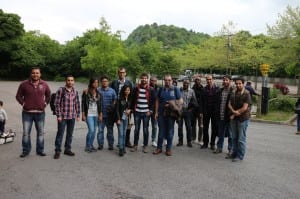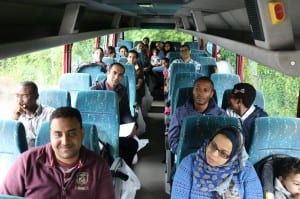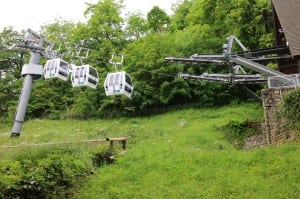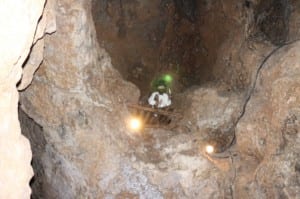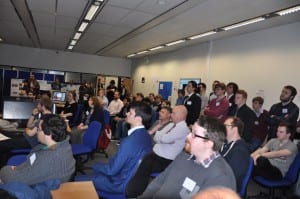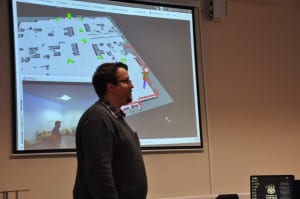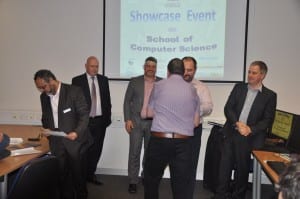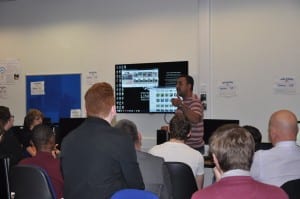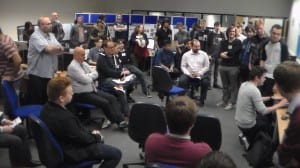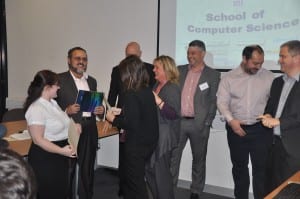The monthly PGRs Research Presentations was held on Wed. 8th July, 2pm, Room MC3108.
This session we had the following presentations:
| Title: “Facilitating Individualised Collaboration with Robots (FInCoR)“. | ||
|
By: Peter Lightbody |
|
|
| Abstract: Enabling a robot to seamlessly collaborate with a human counterpart on a joint task requires not only the ability to identify human preferences, but also the capacity to act upon this information when planning and scheduling tasks. This presentation provides a review of the current state-of-the-art techniques used in human-robot collaboration; techniques which will be utilised to combine the detection of human preferences with real-time task scheduling. This system will thus allow the collaborator to subconsciously influence the planning and scheduling of the system, eventually creating a seamless and less disruptive collaboration experience. This review is followed by a brief overview of the subsequent stages of research, with a probabilistic model introduced to allow the robot to dynamically adapt to changes during the completion of a task. | ||
